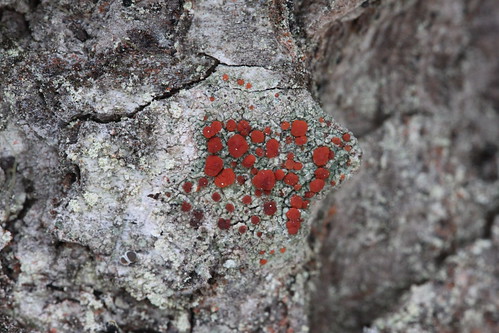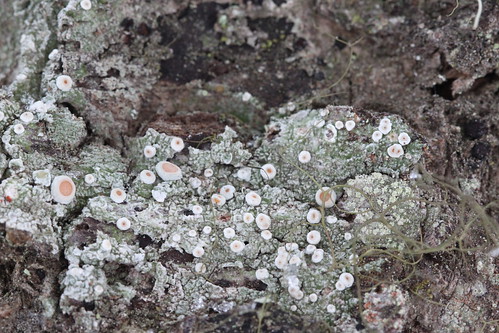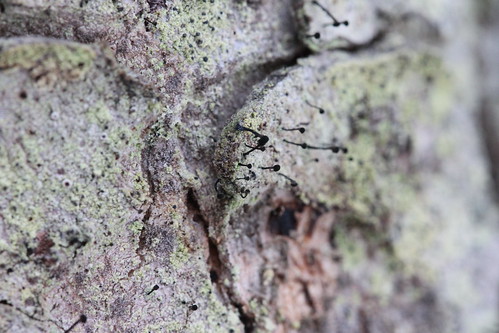I just got around to purchasing
Stokes Field Guide, published in October, 2010. This is my 16th field guide (conservative count) to birds of North America! Why? Simply put each contributes different knowledge on which to profit (continuing evolution of bird identification).
The Stokes Guide is no different: covers 854 species (wow); 3,400 color photos; and emphasis on "quantitative shape" as the identification tool. Don and Lillian Stokes maintain that this publication is "factually and visually superior to any other field guide." Is it?
Well, the photos (more of them and bigger in size compared to
Kaufman,
National Wildlife Federation, and
Smithsonian field guides) are stunning (ala
+HQSP Birds +Birds4All +Bird Poker ). I can say I've never seen many bird species through binoculars, as well as the photographs portray them in this field guide. Using a DSLR for other critters, I can appreciate the excellence and the standard of these photos; maybe just the reason for bird photographers to acquire this book (sorry I don't own Richard
Crossley field guide for comparison...waiting for the western edition to be published). I also like the emphasis on "quantitative shape" akin to G.I.S. (General Impression and Shape) that accents body parts proportional relationships, e.g. Greater Scaup (horizontal head shape) versus Lesser Scaup (vertical head shape).
This field guide is not really for ones pocket, but ideal for the reference library. Of course, there is no 'the one'. All the field guides have pluses and minuses, use your public library to find ones that fit your identification process/style. Most importantly, get outside and find something great!
 |
| American Three-toed Woodpecker (Picoides dorsalis) |








